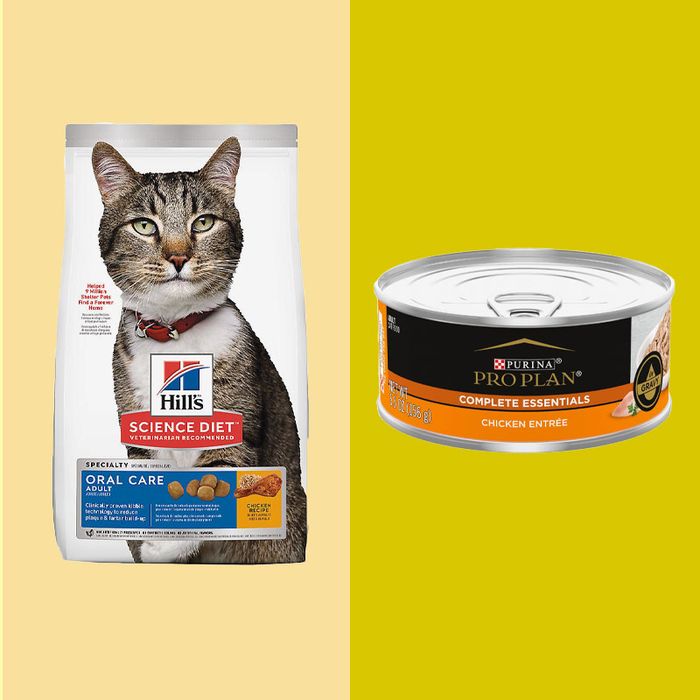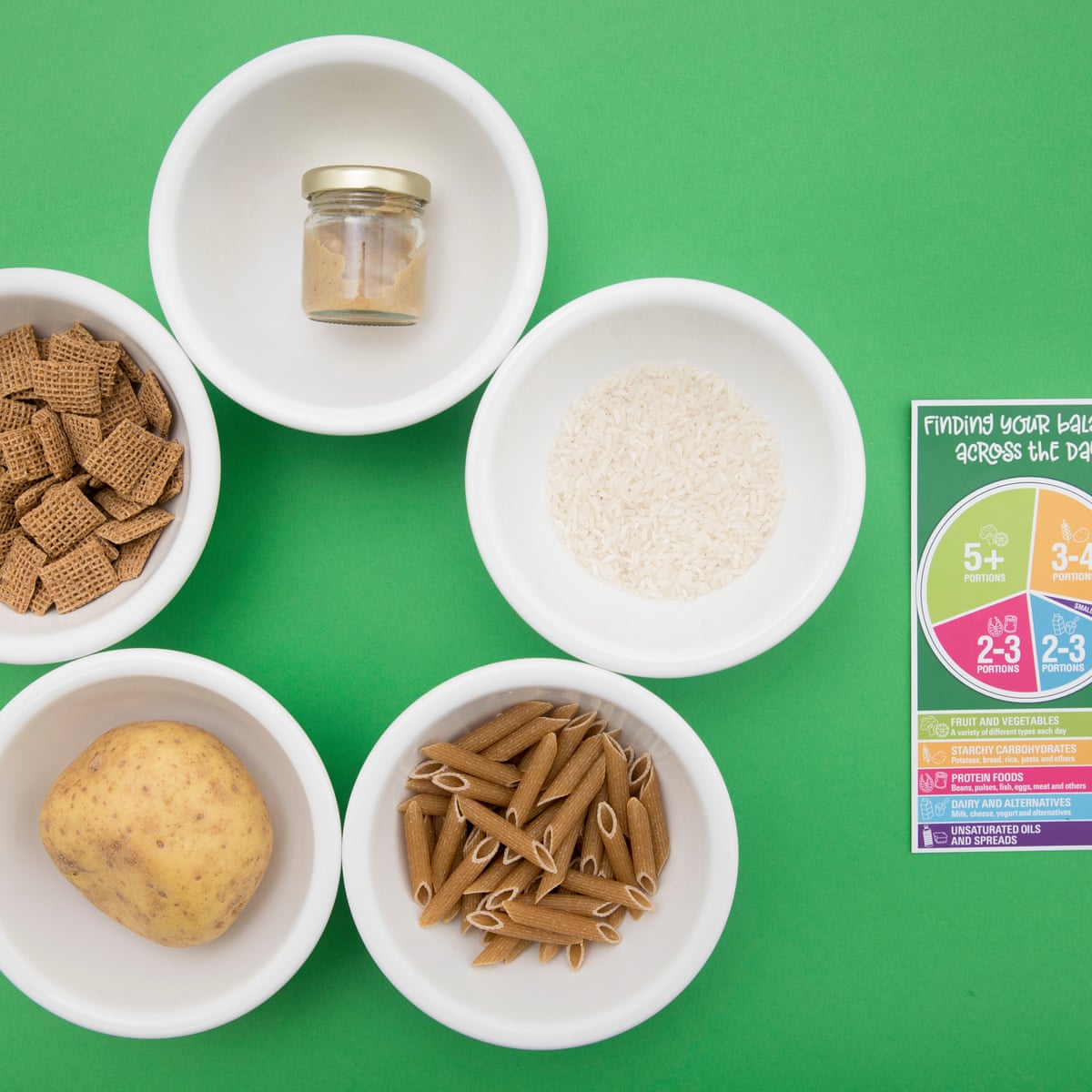Feeding your cat the right amount of dry food is essential to ensure their health and well-being. The quantity of dry food you should provide your feline friend depends on several factors, including their age, weight, activity level, and the specific brand and type of food you’re using. Here are some general guidelines to help you determine how much dry food to feed your cat:
-
Follow the manufacturer’s recommendations: Most commercial cat food brands provide feeding guidelines on their packaging. These guidelines typically suggest a daily amount based on your cat’s weight.
-
Consider your cat’s age and activity level: Kittens and active, younger cats may require more calories than older, less active cats. Adjust the portion size accordingly.
-
Monitor your cat’s weight: Regularly weigh your cat to ensure they are maintaining a healthy weight. If your cat is gaining or losing too much weight, adjust their food intake accordingly.
-
Split meals: Divide your cat’s daily food allowance into multiple small meals to prevent overeating and aid digestion.
-
Consult your veterinarian: Your vet can provide personalized recommendations based on your cat’s individual needs, especially if they have specific health concerns.
Remember that these are general guidelines, and individual cats may have unique dietary requirements. It’s crucial to pay attention to your cat’s body condition and adjust their food portions as needed to keep them at a healthy weight and maintain their overall health. Regular check-ups with your veterinarian will also help ensure you’re meeting your cat’s nutritional needs.
Understanding Your Cat’S Nutritional Needs
Understanding your cat’s nutritional needs is crucial for their overall health and well-being. It is important to provide them with a balanced diet that meets their specific dietary requirements. There are different types of cat food available in the market, including dry food and wet food.
Each has its own pros and cons. Dry food is convenient and helps maintain dental health, while wet food provides hydration and variety in their diet. It is essential to carefully consider your cat’s individual needs and consult with a veterinarian to determine the appropriate amount of dry food to feed them.
By providing the right nutrition, you can ensure that your cat remains healthy and happy for years to come.
Factors To Consider When Determining Portion Sizes
Determining the right portion sizes for your cat’s dry food depends on several factors. Firstly, consider their age and life stage. Secondly, take into account their activity level and metabolism. Additionally, consider their ideal body weight and body condition score.
These factors play a crucial role in determining the appropriate amount of food to feed your feline friend. As cats age, their dietary needs change, so it’s important to adjust their portion sizes accordingly. Similarly, a highly active cat will require more food compared to a less active one.
And finally, a cat’s body weight and condition should be considered to prevent overfeeding or underfeeding. By keeping these factors in mind, you can ensure that your cat receives the right amount of dry food for optimal health and wellbeing.
Expert-Suggested Portion Sizes For Dry Food
Expert-Suggested Portion Sizes for Dry Food: Ensuring the right amount of dry food for your adult cat is crucial. For a healthy cat, it is recommended to provide around 20 grams of dry food per pound of body weight per day.
For example, a 10-pound cat should be fed approximately 200 grams of dry food daily. However, this can vary based on factors such as age, activity level, and overall health. Kittens and senior cats have different dietary needs, requiring more frequent meals and adjusted serving sizes.
To manage weight, consider reducing or increasing portions accordingly. Remember, maintaining a balanced diet, providing fresh water, and consulting with a veterinarian are essential for your cat’s well-being. Proper portioning of dry food helps to ensure your feline friend receives the nutrition they need to thrive.
Feeding Guidelines For Different Breeds And Sizes
Feeding guidelines for small and medium-sized cat breeds differ from those for large and giant breeds. As a general rule, small to medium cats should consume about one-third to one-half cup of dry food daily. On the other hand, larger cats require a bit more, around two-thirds to three-fourths cup of dry food per day.
It’s important to consider that these measurements are approximate and may vary based on individual circumstances. Mixed breed cats can pose challenges since their portion sizes may differ due to variations in size and weight. Consult your veterinarian for a more accurate assessment of your specific cat’s dietary needs.
Following these guidelines will help ensure your feline friend maintains a healthy weight and gets the nourishment they require.
Monitoring Your Cat’S Weight And Adjusting Portions
Feeding your cat the right amount of dry food is crucial for their well-being. Regularly monitoring your cat’s weight is important to ensure they maintain a healthy size. By doing so, you can adjust their food portions accordingly. Keep an eye out for signs of overfeeding or underfeeding, such as weight gain or loss, lethargy, or excessive hunger.
Gradually changing the portion sizes can help prevent digestive issues and keep your cat satisfied. Remember, each sentence should contain a maximum of 20 words to keep the content concise and easy to read. Properly managing your cat’s dry food intake is key to promoting their overall health and avoiding any potential weight-related problems.
Understanding The Role Of Treats And Supplements
When determining how much dry food to feed a cat, it’s important to understand the role of treats and supplements. Treating cat food as the primary source of nutrition is crucial for their overall health. Choosing healthy treats and avoiding overindulgence can help maintain a balanced diet.
Additionally, incorporating supplements can provide essential nutrients, but consulting a veterinarian is recommended to ensure proper dosage and suitability for your cat. By considering these factors, you can ensure that your feline friend receives the necessary nourishment without compromising their well-being.
Creating A Feeding Schedule For Your Cat
Feeding your cat an appropriate amount of dry food is important for their overall health and well-being. Establishing a feeding schedule is key to ensuring they are getting the right amount of food. Consistent meal times help regulate their appetite and prevent overeating.
Whether you choose to free feed or schedule feed, it’s important to monitor their intake to avoid obesity. Incorporating play and exercise into mealtime routine is a great way to keep your cat active and engaged. Remember to consult with your veterinarian to determine the appropriate amount of dry food to feed your cat based on their age, weight, and activity level.
Common Mistakes To Avoid When Feeding Your Cat
Feeding your cat the right amount of dry food is crucial to their health and well-being. One common mistake to avoid is overfeeding, as it can lead to obesity and related health risks. It’s important not to ignore the importance of water intake, especially when feeding dry food, as cats can be prone to dehydration.
Another mistake is disregarding food allergies and sensitivities, which can cause discomfort and digestive issues for your furry friend. To ensure you are feeding your cat the right amount of dry food, consult with your veterinarian and follow their recommendations.
By avoiding these common mistakes, you can help your cat maintain a healthy weight and enjoy a long and happy life.
Consultation With A Veterinarian
Consulting with a veterinarian is crucial to determine how much dry food to feed a cat. Veterinarians provide individualized feeding plans based on specific health conditions and dietary restrictions. They can assess a cat’s nutritional needs and recommend the appropriate amount of dry food.
Regular check-ups with a veterinarian also allow for ongoing nutritional evaluations, ensuring that the cat’s diet continues to meet their needs. By seeking professional advice, cat owners can ensure their furry companions receive the proper amount of dry food, promoting their overall health and well-being.
A veterinarian’s expertise is invaluable in helping cat owners make informed decisions about their pets’ nutrition. So, it is advised to consult with a veterinarian for personalized feeding recommendations for your cat’s specific needs.

Frequently Asked Questions For How Much Dry Food To Feed A Cat
How Much Dry Food Should I Feed My Cat Per Day?
Cats typically require about 1/4 to 1/3 cup of dry food per day, depending on their size, weight, age, and activity level. However, it’s important to follow the feeding guidelines provided by the specific brand of cat food you are using and consult with your veterinarian for personalized recommendations.
What Factors Should I Consider When Determining The Amount Of Dry Food To Feed My Cat?
To determine the appropriate amount of dry food to feed your cat, consider factors such as their weight, body condition, age, activity level, and any underlying health conditions. It’s also important to evaluate the calorie content and feeding instructions provided by the specific brand of cat food you are using.
How Often Should I Feed My Cat Dry Food?
Most cats do well with two meals a day, although some may prefer smaller, more frequent meals. It’s important to establish a consistent feeding schedule and monitor your cat’s weight and body condition to ensure they are receiving the appropriate amount of dry food.
Adjustments can be made as needed in consultation with your veterinarian.
Can I Free Feed My Cat With Dry Food?
Free feeding, or leaving dry food out all day, can lead to overeating and weight gain in some cats. Instead, it is recommended to measure out the appropriate amount of dry food for your cat’s daily intake and divide it into meals.
This helps to control portion sizes and maintain a healthy weight.
Conclusion
To ensure your cat’s health and well-being, it is crucial to provide them with the appropriate amount of dry food. Remember to consider factors such as age, weight, and activity level when determining the correct portion size. Start by following the guidelines provided on the food packaging and adjust as necessary based on your cat’s individual needs.
Monitoring your cat’s weight and making regular visits to the veterinarian can also help ensure they are receiving the right amount of food. Overfeeding can lead to obesity, while underfeeding can result in malnutrition. Take the time to observe your cat’s behavior and appetite to determine if any adjustments are necessary.
By feeding your cat the right amount of dry food, you are helping them maintain a healthy weight and preventing potential health issues down the road.



